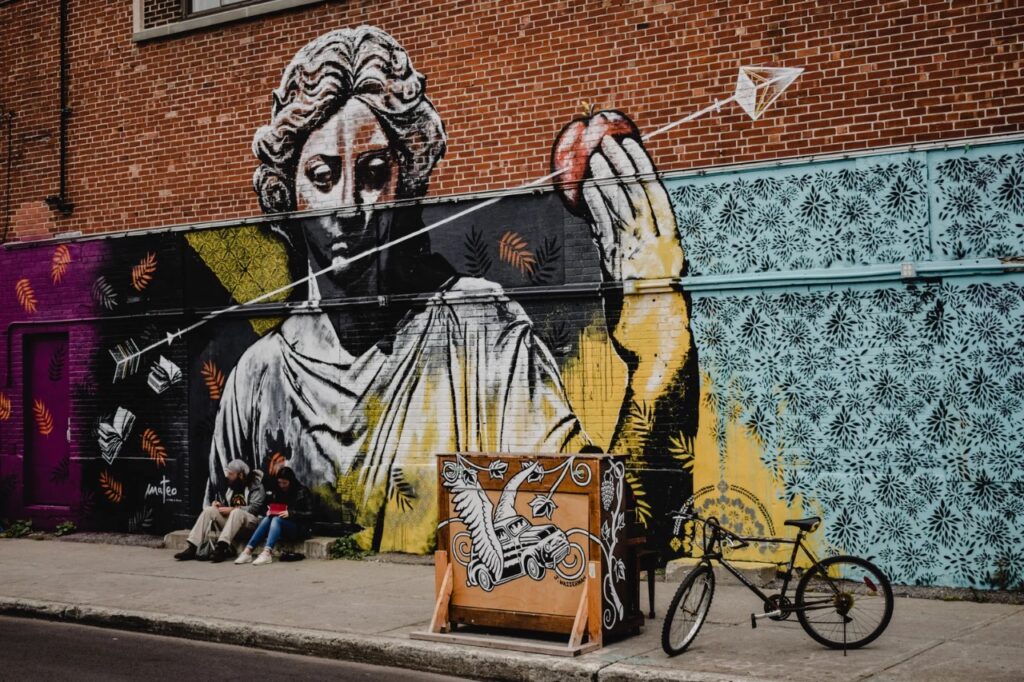Step into the vibrant world of street art, where the cityscape becomes a canvas for creative expression, social commentary, and cultural dialogue. What began as an underground movement of urban rebellion has blossomed into a global phenomenon, transforming alleys, buildings, and public spaces into dynamic galleries that reflect the pulse of contemporary society. Join us as we trace the evolution of street art from its humble beginnings to its current status as a respected art form and cultural force.
Origins: The Birth of a Subversive Movement
Emerging in the late 20th century amidst the socio-political upheavals of urban life, street art served as a form of protest and defiance against the established order. From the graffiti tags that adorned the subway cars of New York City to the stenciled messages that appeared on the walls of Parisian streets, street artists utilized the anonymity of the cityscape to make their voices heard and challenge prevailing norms. Fuelled by a spirit of rebellion and a desire for self-expression, they transformed neglected spaces into sites of artistic intervention, reclaiming the streets as public forums for dissent and dialogue.
Evolution: From Vandalism to Validation
As street art gained recognition as a legitimate form of artistic expression, attitudes towards it began to shift. What was once dismissed as vandalism came to be celebrated as a vibrant and dynamic art form that breathed new life into the urban landscape. Galleries began to exhibit the works of street artists, while cities embraced street art festivals and mural projects as a means of revitalizing blighted neighborhoods and fostering community engagement. Street artists themselves gained recognition as cultural icons, their works fetching high prices at auction houses and attracting the attention of collectors and curators worldwide.
Globalization: Street Art Goes Mainstream
In an age of globalization and digital connectivity, street art has transcended its urban origins to become a truly global phenomenon. Artists from diverse backgrounds and cultures draw inspiration from the rich tapestry of street art traditions, blending local influences with global trends to create works that resonate across borders and boundaries. Social media platforms like Instagram and Twitter have amplified the reach of street art, allowing artists to share their work with audiences around the world and connect with like-minded creators. Street art has become a powerful tool for cultural exchange and dialogue, bridging the gap between communities and challenging us to rethink our assumptions about art, public space, and society.
The Power of Street Art to Transform and Transcend
In conclusion, street art represents more than just a form of artistic expression—it is a living testament to the power of creativity to transform and transcend the confines of the urban environment. From its humble beginnings as a subversive act of rebellion to its current status as a global cultural phenomenon, street art has challenged us to see the world with fresh eyes and reimagine the possibilities of public space. As we continue to grapple with the complexities of urban life and the challenges of a rapidly changing world, street art serves as a reminder of the resilience, resourcefulness, and creativity of the human spirit—a beacon of hope and inspiration in an ever-evolving landscape.






